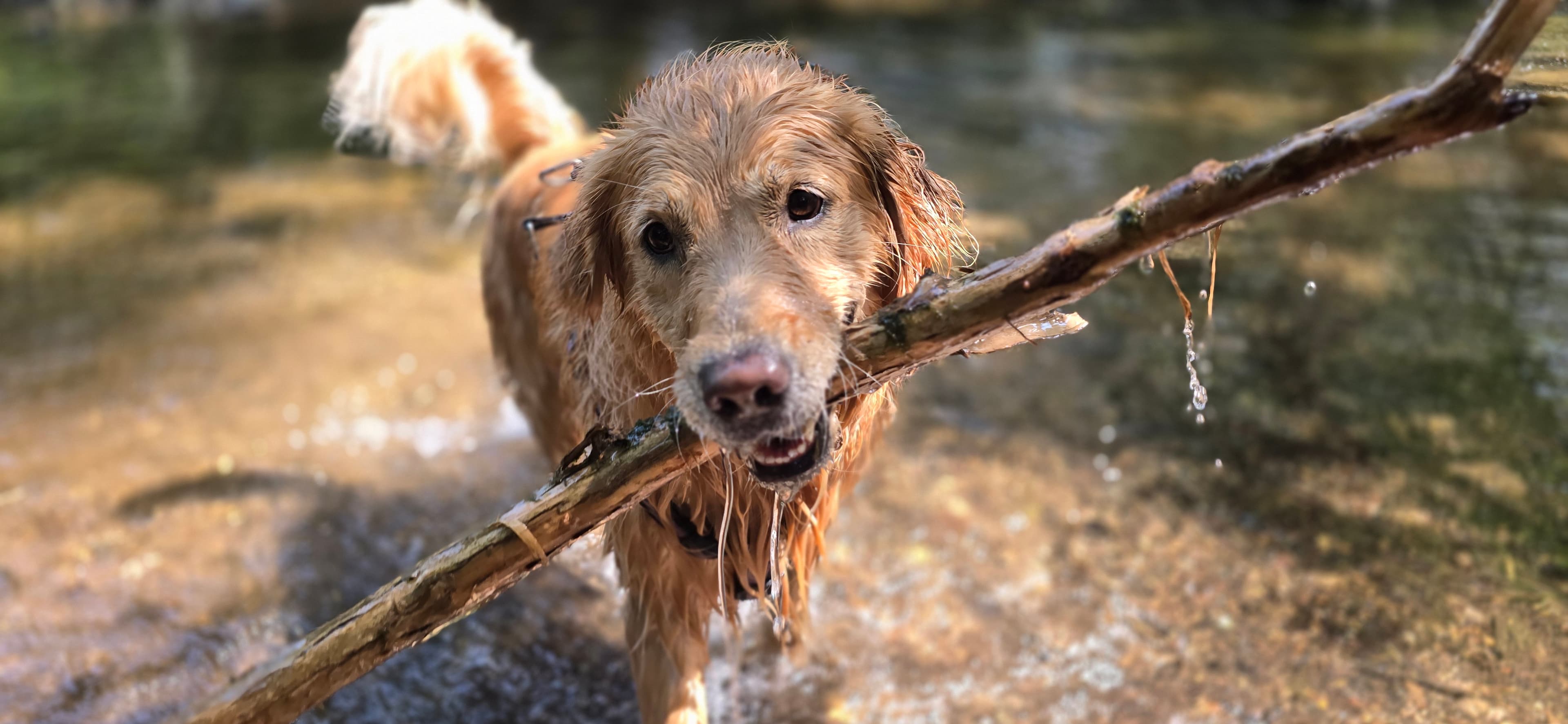
Dog Bone Safety Guide
Safer chew choices, what to avoid, and how to size chews for your dog.
Overview
Bones can be enticing chews, but not all bones are safe. The biggest risks are tooth fractures, choking, gastrointestinal (GI) obstructions, and splinters that can injure the mouth, throat, or intestines. Below are safer choices, bones to avoid, and practical tips we share with local families around West Reading and Wyomissing.
This guide is for general information only. Always consult your veterinarian for specific advice about your dog.
Safer Chew Options
- Vet‑approved dental chews (look for VOHC seal) — help reduce plaque with controlled texture.
- Rubber/tough nylon toys (appropriate hardness) — yield slightly to a thumbnail press; avoid rock‑hard plastics.
- Stuffable/freezable toys — mentally engaging, softer on teeth, good for teething or high‑energy dogs.
- Dehydrated chews (e.g., collagen sticks, some rolled treats) — choose reputable brands, supervise, and discard small ends.
- Raw meaty bones (RMB) — only under vet guidance and with strict hygiene; never cooked; size well beyond what can be swallowed.
Rule of thumb: If you wouldn’t want it hitting your own tooth, it may be too hard for your dog’s teeth.
Bones to Avoid
- Cooked bones of any kind — cooking makes bones brittle, more likely to splinter (especially poultry, pork, and rib bones).
- Weight‑bearing beef bones (e.g., femur shanks) — extremely hard; common cause of cracked molars.
- Small or narrow bones — choking or GI obstruction risk (rib bones, small knuckles).
- Smoked/roasted “bone treats” — can still splinter; often too hard; monitor recalls/alerts.
Fit & Sizing
- Choose chews larger than your dog’s muzzle — avoid anything that can be gulped.
- For heavy chewers, favor rubber toys and VOHC chews over rigid bones.
- Rotate choices to prevent obsessive chewing on one spot and to keep interest high.
Supervision Tips
- Always supervise chew sessions; discard small pieces promptly.
- Introduce new chews when your dog is calm, not overly excited or hungry.
- Limit to 10–20 minutes for intense chewers to protect teeth and gums.
- Have fresh water nearby; avoid chews after dental work unless your vet approves.
Signs of Trouble — Call Your Vet
- Vomiting, gagging, or retching
- Sudden drooling, pawing at mouth, or reluctance to eat
- Black/tarry stool, blood in stool, or constipation
- Broken tooth, mouth bleeding, or facial swelling
- Abdominal discomfort, lethargy, or behavior changes
When in doubt, contact your veterinarian or an emergency clinic. It’s always better to be safe.
FAQs
Are raw bones safe?
Raw meaty bones (RMB) can be considered under vet guidance for specific dogs, with strict hygiene and supervision. Never feed cooked bones. If you’re unsure, choose safer vet‑approved chews instead.
What’s the safest everyday chew?
VOHC‑approved dental chews and high‑quality rubber toys sized for your dog are generally the safest daily options, with supervision.
My dog swallowed a piece — what now?
Monitor closely. If you see vomiting, loss of appetite, pain, or abnormal stool, contact your vet immediately or visit urgent care.
Need help choosing chews?
We’re happy to share what works well for different ages and bite styles. Contact us or book a meet & greet.